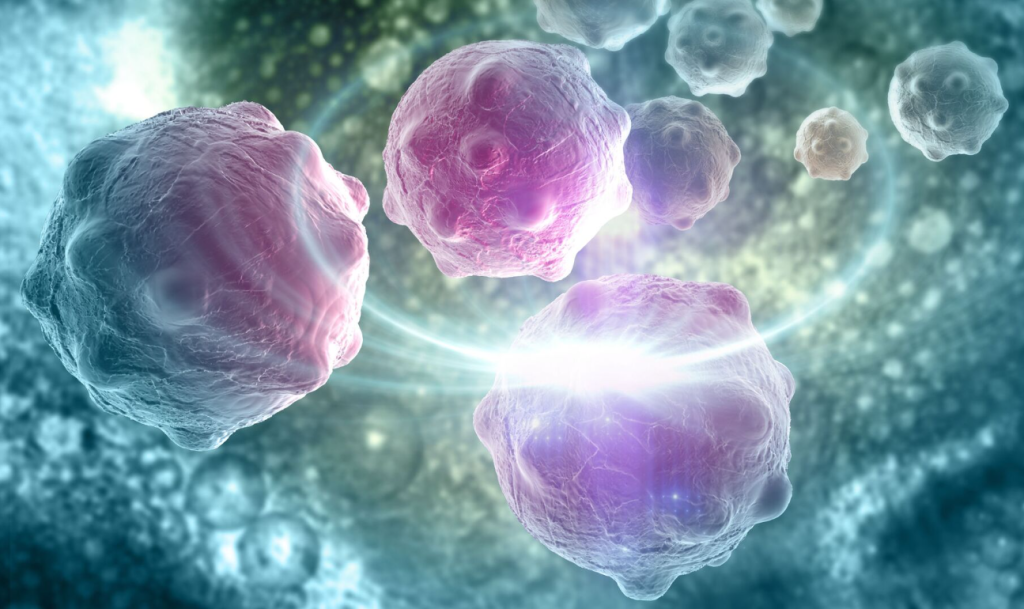November 19, 2024 – A groundbreaking study published in the international academic journal, Journal of Hazardous Materials, reveals a significant advancement in the field of biodegradable plastic degradation. A team led by Sun Chaomin from the Chinese Academy of Sciences’ Institute of Oceanology has successfully isolated two highly efficient enzymes from the marine fungus Alternaria alternata FB1, offering a novel solution for the efficient biodegradation of poly(butylene adipate-co-terephthalate) (PBAT) and its complex mixtures.

As global concern over plastic pollution escalates, the quest for effective plastic degradation technologies has become a focal point of research. PBAT, a widely used biodegradable plastic, is favored for its excellent mechanical properties and thermal stability. However, the aromatic component terephthalic acid in PBAT complicates natural degradation, posing risks of microplastic pollution. While previous studies have explored PBAT-degrading enzymes, their industrial application has been limited by high-temperature requirements.
To address this challenge, Sun’s team has been screening for degrading bacteria in plastic waste from the coastal waters of Qingdao since 2016. Their persistence paid off when they discovered the marine fungus Alternaria alternata FB1, which not only degrades traditional polyolefin plastics like polyethylene but also exhibits high potential for PBAT degradation. Further research led to the successful isolation and characterization of two PBAT-degrading enzymes: AaCut4 and AaCut10.
Notably, AaCut10 demonstrates exceptional performance under mild conditions. According to industry sources, AaCut10 can efficiently degrade PBAT within a temperature range of 20-45°C, achieving a depolymerization rate of 82.14% in 24 hours at 37°C and complete degradation within 48 hours. In seawater, its catalytic activity remains above 96%, indicating strong tolerance to salinity and ions. Compared to the most efficient PBAT hydrolase known, AaCut10’s degradation efficiency is significantly higher.
Furthermore, the research team enhanced AaCut10’s monomer production rate through directed mutagenesis and reaction condition optimization, laying a solid foundation for enzymatic engineering modifications and industrial applications. Both AaCut4 and AaCut10 not only effectively degrade PBAT but also show good degradation ability towards other biodegradable plastics such as poly(3-hydroxybutyrate) and poly(butylene succinate), highlighting their potential in processing composite plastic waste.
As a marine fungal-derived hydrolase, AaCut10 holds promising prospects for industrial application. Its ability to efficiently degrade PBAT under mild conditions, coupled with its single hydrolysis product, absence of product inhibition, and salt tolerance, makes it particularly suitable for plastic waste management in complex environments. The technology has already been patented in China and is expected to seamlessly integrate with existing PBAT manufacturing processes, enabling the recycling and reuse of PBAT waste.
With the continuous expansion of the PBAT market, improving its end-of-life disposal is urgent. The enzymatic degradation technology utilizing AaCut10 not only facilitates centralized treatment of PBAT waste but also supports the establishment of recycling and reproduction industrial bases in regions with extensive agricultural film usage, gradually promoting closed-loop plastic utilization. This research not only provides a new pathway for the recycling and reuse of biodegradable plastics but also contributes significantly to addressing the global plastic pollution crisis.














